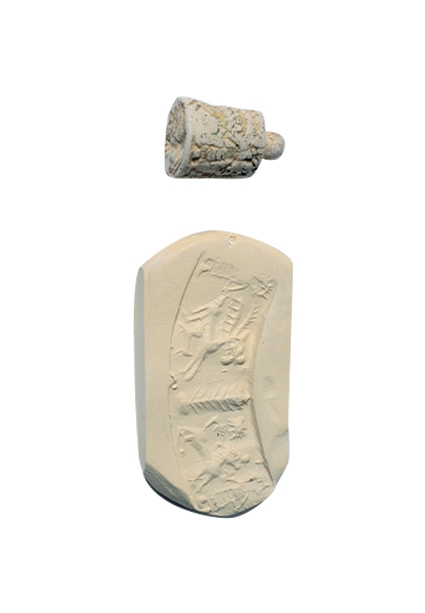The numerical ratio of the Urartian seals found out in the settlement and necropolis areas indicates a widespread use in all segments of society. Again at this point it is understood that there are differences in use purposes. Many of the samples that we consider today as Urartian seal are likely to have been used as amulets. In other words, we can say that this kind of goods that convey the identity has been carried for religious, cultural purposes.
Urartian seals are usually made of stone, sometimes with metal, bone, terracotta material. Metal samples are mostly made of bronze. Seals with rope holes for hanging to the neck can be grouped into two main groups. Stamp seals and cylinder seals.
Stamp seals form the most common types of seals. The lower groups are conical, semi-round, bell/roller-shaped, barrel-shaped, multi-edged, prismatic, disc-shaped and animal-shaped.
The depictions on the seal were handled in various ways. Line, cutting and punching techniques are the most used. In the line technique, surface details are usually processed with a spiked tool. Face details of animals and people, borders are mostly processed with this technique. The cutting technique is used to create deeper lines. It is usually done with the help of a fast turning tool which has a cutter at the end. Punching technique is applied with thin or thick pin hand drills. Circular cavities have been formed in the formation of the main sections in the schematized animal and human bodies. it is seen that all three techniques were commonly used. For example, punching technique for its body, cutting technique for its main contours, line technique for its face, wing and mane details were used in a winged hourse figure.
Animal and mixed animal depictions are frequently seen on seals. Hunting, lion, bird, goat, winged horse, animals' judge, winged solar course, tree of life is the most applied motifs and scenes. Sometimes there are stars and crescents around these figures.
Scenes on cylinder and multilateral prismatic seals are more extensive. In some of them, it was aimed to emphasize a certainimage, story or event with the figures and items placed consecutively. There is also a tree of life and iconographic expressions with winged jinni on both sides. In some seals, Teisheba (Storm) and Shiuini (Sun) gods are shown together with their atrıbus/symbols. Such expressions are frequently observed in the depictions of the bronze artifacts.
Seal presses on clay pellets used to seal the mouths of tablets and storage vessels cuneiform and titles in some cylinder seal prints shows that cylinder seals are also used by high bureaucrats.
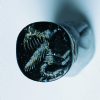
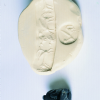
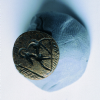
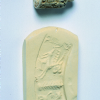
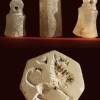
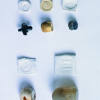
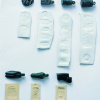
DAMGA MÜHÜR
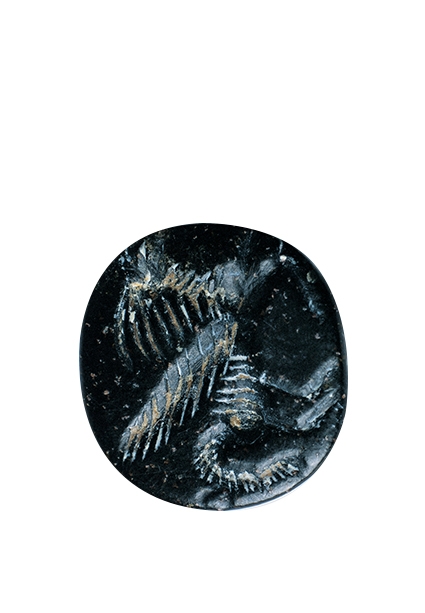
SİLİNDİR - DAMGA MÜHÜR VE BASKISI
